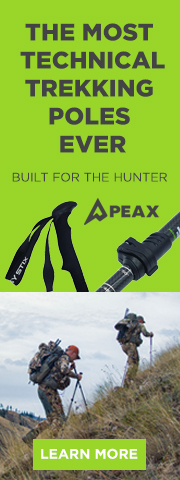twilliams212
Member
- Jul 24, 2024
- 35
I read on another forum the other day (or possibly an old thread on this one) a post about elk finding tips. As you can imagine, there were comments and input from about every angle, with some being helpful and others not so much. One comment I read was 'do the opposite of what the majority of hunters do'. Obviously, Elk want to avoid human pressure, but what is "it" that most hunters do when the enter the forest that we should try and do the opposite of? Without specifically reaching out to that individual, I'm curious to hear what this forum's members interpretation is of this statement. Most online hunting influencers preach north facing slopes, dark timber, get off the roads/trails, etc., so I imagine the majority of the online followers would stick to those tactics. But are they the majority? If so, how would do you "do" the opposite of this? Perhaps I took what that individual posted too literally, but I thought it was an interesting comment, and it really started making me try to think outside the box (rather unsuccessfully, mind you).



